Association Leadership Spotlight: Ian Aastrom, Prairie Pipe Band Association of Manitoba – Part 2
In the second and final part of our Association Leadership Spotlight interview with Ian Aastrom, president of the Prairie Pipe Band Association of Manitoba, he discusses their work to change the organization’s culture to be even more welcoming and proactive.
Simply asking what member pipers and drummers want and need from their association would seem like such an obvious thing to do. Perhaps a trend of leaders asking and listening starts with one of the world’s smaller piping and drumming associations.
We hope you take the time to listen to Ian Aastrom’s vision for the PPBAM.
For those who prefer reading, here’s a transcript:
pipes|drums: We’ve talked a lot about the attrition that associations suffer. It’s a break-even equilibrium they try to do every year, bringing in enough new members to replace those leaving. Everything seems to stay the same in terms of numbers. It sounds like you’re looking for more value and trying to keep those people who might not be as interested in competing as they once were?
Ian Aastrom: Yeah, it’s creating a community. I’m a big fan of sports, I don’t think that’s any secret, and if we look at the sports model of how we how we build teams and build organizations and build cultures, and recognize that as disciplined and high quality professional athletes tend to be, we also recognize that it’s an entertainment product, and that’s why fans spend the money on the things to go to the games and what not.
The PPBAM’s approach has been to go out to bands and ask them, by showing up at a band practice, Is there anything you need assistance with? How can we, as an association, be of assistance to you?
When it relates to pipe bands, we have to recognize that we, too, have an entertainment product that people want to come and watch or be a part of. If there’s no value in it or a negative experience, people will walk away from it.
That’s part of the thought process behind running an event we can market. We have to make it exciting and entertaining and something that people want to come back to and be a part of, and recognize that we do have an entertainment value to what we do, and for the people who are not necessarily a part of that, when we can create performance opportunities for them, whether it’s in the community, finding a parade opportunity or a concert opportunity or a chance to play at a home or a legion. We have a role in that, and we can help facilitate that in many ways.
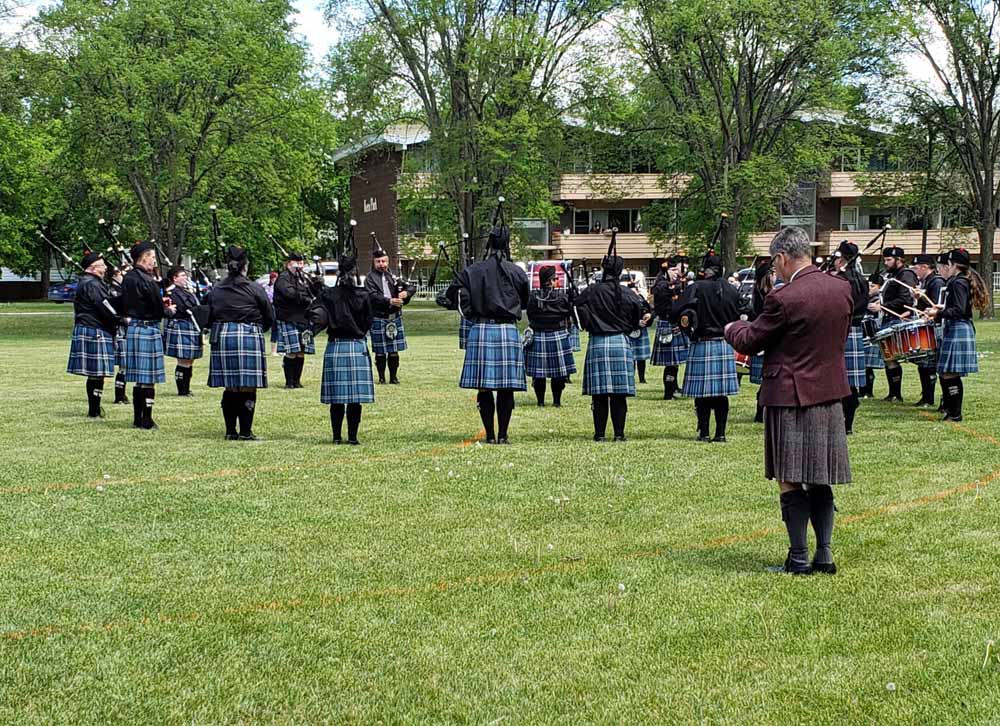
p|d: We talked earlier about the PPBAM getting more proactive with some of your members.
IA: One thing we’ve done in the organization recently is change the conversation around the association. I think everybody can relate to the association as being a thankless job, a job where meetings are held behind closed doors, and the PPBAM’s approach has been to go out to bands and ask them, by showing up at a band practice, Is there anything you need assistance with? How can we, as an association, be of assistance to you? While early in that process, we’re starting to see some results in that, and I think if we can change the culture and the conversation around the association and its role with pipe bands, we might have a better buy-in to a lot of changes that might be coming in the future.
p|d: Let me get this straight, because it seems like such an obvious but novel idea. You’re going proactively into band practices, and just reaching out to members?
If we can help a band, whether it’s through a performance or a fundraising idea, or teaching a lesson because they’re short an instructor, then that’s what we need to do for them.
IA: Yeah. I will preface this by saying our community is relatively small, so it’s relatively easy to do that. But yes, we’ve been very proactive in doing that. I’ll use a personal example: last year, I said, If anybody needs a drummer (because we recognize that we’re short on drummers in the community), give me a call, and if I’m available, I will go. I got a call saying, “We need a drummer for a parade in August. Would you be interested in coming and doing the parade?” I looked at my schedule, and I was free, and I hadn’t done a walking parade down the street, in who knows how long. I said, Yeah, I’ll go and do it. And I went and played this parade, and I went and hung out with a bunch of fresh faces I’d never seen before. And it was great. I had a blast and realized how out of shape I was! But if we can help a band, whether it’s through a performance or a fundraising idea, or teaching a lesson because they’re short an instructor, then that’s what we need to do for them.
p|d: That’s great to hear. Hopefully, there are a lot more people like you out there who are proactive, putting a team together who are reaching out to members. Manitoba has a rich tradition of Scottish heritage going back well over a century—settlers and pipe bands and successful piping and drumming in the province. But are there unique challenges the Province of Manitoba faces? We talked about that with Barbara MacDonald for Saskatchewan. What are some of those unique challenges that you’re faced with in Manitoba?
IA: The one thing I’ve been very deliberate about in the last year-and-a-half is getting out into the community. We do have a rich Scottish culture. I’ve spent some time at the St. Andrew’s Society of Winnipeg, which has its own part of the community. Their leadership started a Scottish Summit, which brings together the Highland dancers, the pipe bands, the Scottish organizations, and puts them all around the table. We have a seat at that table now.
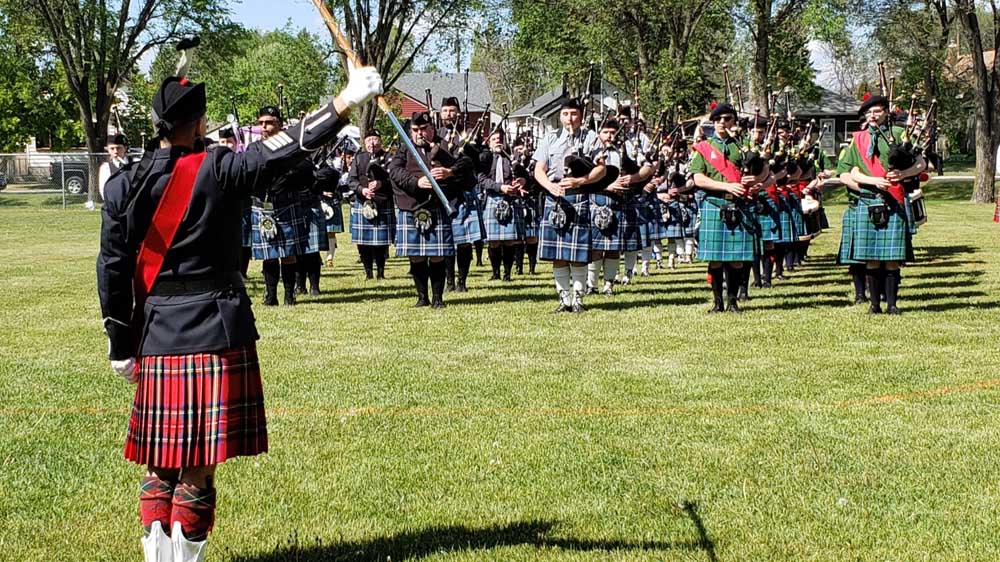
It’s been about coordinating and talking about common problems, and in a lot of ways, walking around the table and introducing yourself to somebody who you had no idea had an interest in the Scottish community, and then being out in the public during Folklorama—a big folk festival in Winnipeg in the summer—making sure pipe bands are a part of that. When we go to those opportunities, it’s a chance for us to open pipe bands up to anybody and show to anybody this is what a bagpipe is, this is what a drum is, and this is what we do. And maybe you want to consider being a part of it. Last year was our first year doing that. I’m not sure yet what the results will be, but it felt positive enough that we will do it again this year and hopefully continue that in years to come. It’s too good of an opportunity to walk away from.
p|d: There’s no downside to that either. It’s just getting together, and you might find common ground, common problems, and come up with common solutions just by talking. What else do you have to add when it comes to your association?
IA: We are in a really cool spot where we will try some new and different things, and I think I’ve alluded to that through the business plan. We will try running our own events over the next three years to see if that’s possible, get ourselves involved in the Scottish community, and see what avenues we have to grow what we’re doing. Hopefully, it will turn into a product where we can see kids are learning. And not only kids.
We’ve engaged adults—some are at the age of 50—who have decided that they want to get involved. If they want to do it, great, let’s do it. Let’s have some fun and make some music. And we’ve really embraced the idea that piping and drumming is for everybody, and we’ve started to socialize that as a bit of a slogan, and people are starting to buy into it. Moving forward, it’s something we can lean into. We want to include anybody who wants to take up the bagpipes or the drums.
p|d: It sounds like good advice for many people and associations facing some of the same challenges. It’s endemic worldwide, even in Scotland, with its challenges and Northern Ireland. It’s been great talking with you, Ian. We appreciate the time, and all the best to you with the Prairie Pipe Band Association of Manitoba.
Thank you so much.

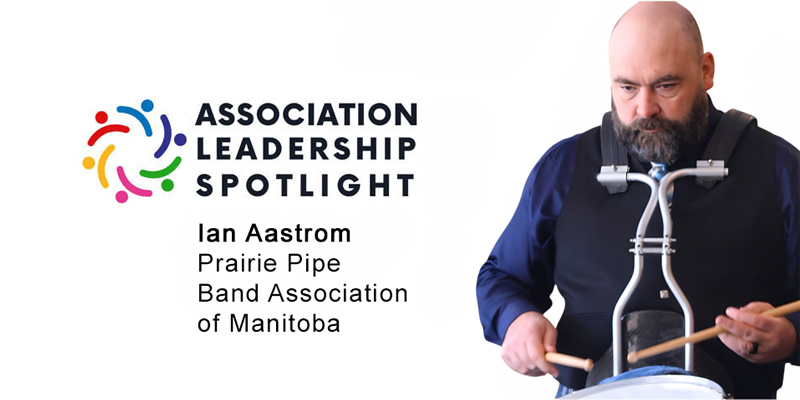


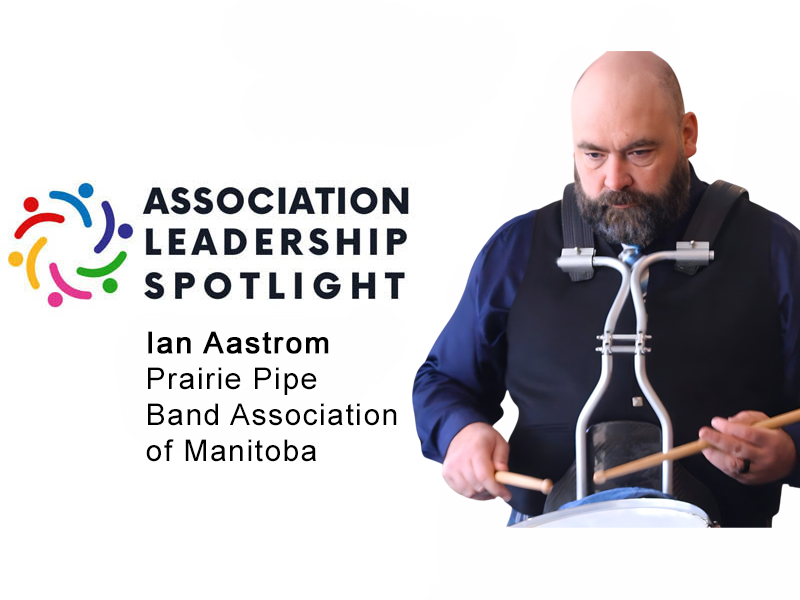
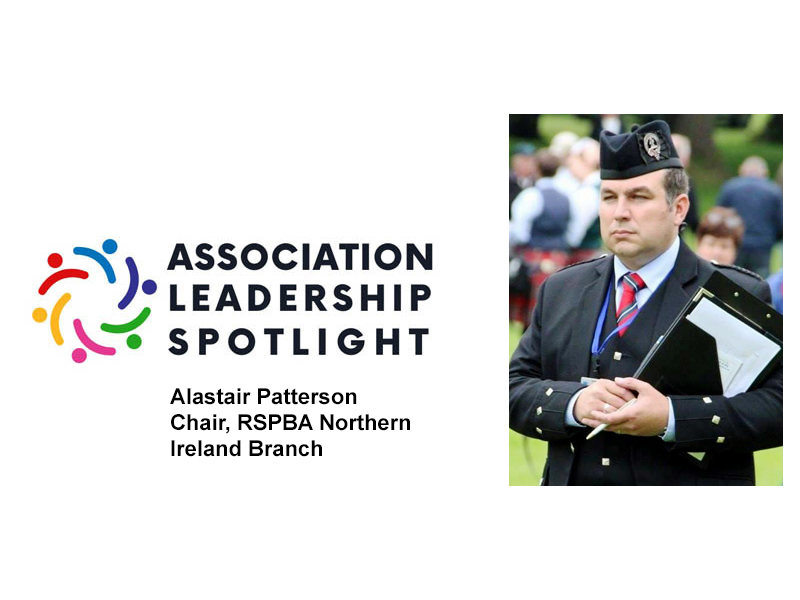

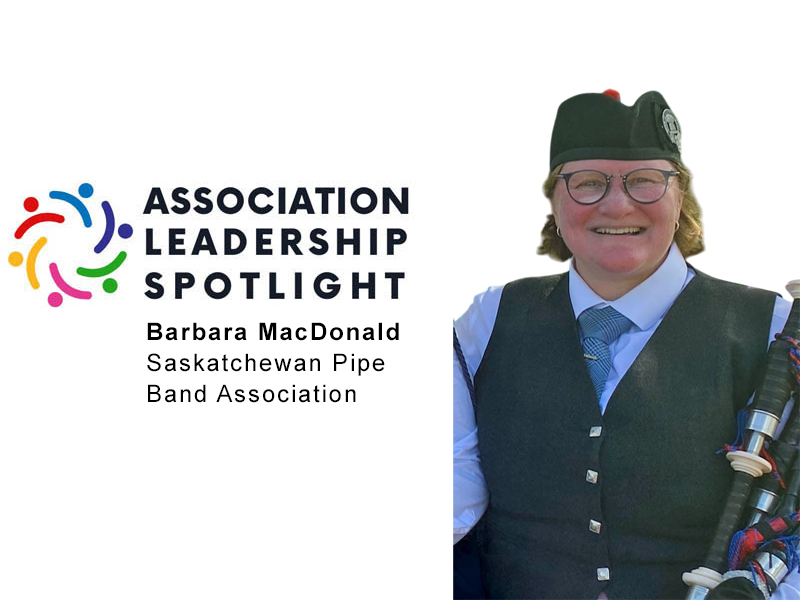




NO COMMENTS YET